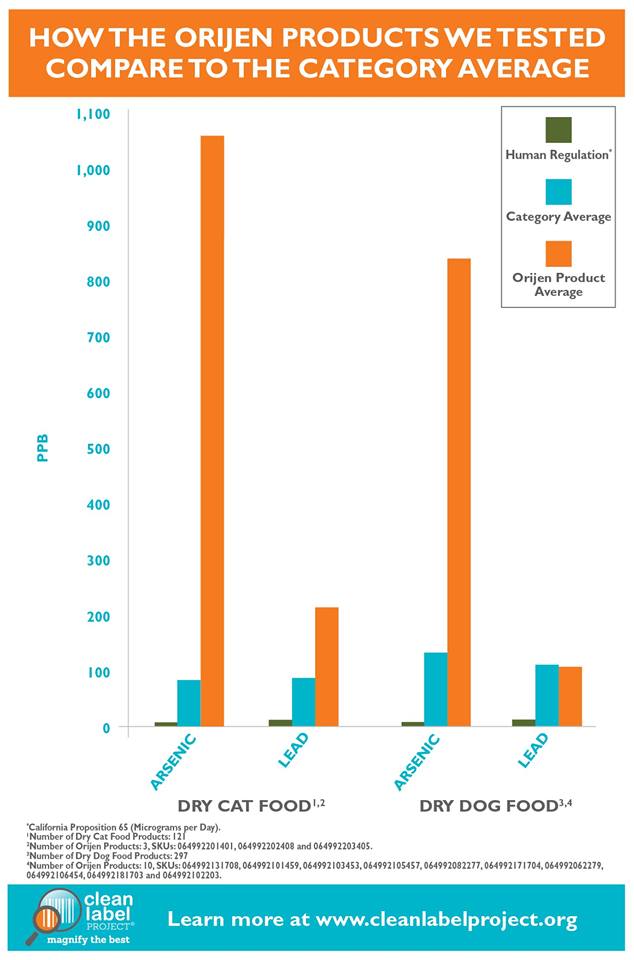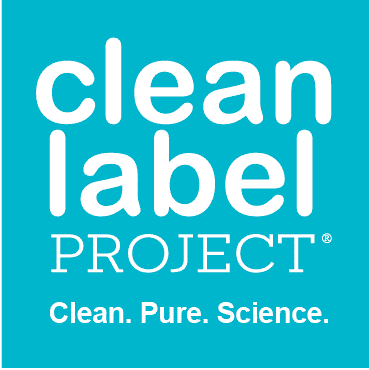Orijen Averages
Orijen Averages
Earlier this week we were contacted by numerous Orijen customers asking why Clean Label Project wasn’t returning Orijen’s calls and emails. Clean Label Project was a bit confused, as our leadership team had already had a conference call and email exchange with their director of food safety in the weeks before. It turns out, Orijen issued a statement to concerned customers stating Clean Label Project was unresponsive, and further, attempted to convince customers that Orijen pet food has “more food safety designations than any other pet food maker, [their] foods are routinely and rigorously tested for nutritional requirements, heavy metals and other environmental contaminants.”
As you know, Clean Label Project, in partnership with a third party accredited analytical chemistry laboratory, did some tests of our own. We asked if our concerned consumer followers wanted to see some raw data of what Orijen considers “exceptional food safety” that provides “peace of mind to pet lovers” – and it was a unanimous “YES!”
As you can see, the Orijen dry cat foods we tested average over 1,000 ppb of arsenic, approximately ten times the industry average for cat food. And dog food is close behind with around 850 ppb of arsenic, approximately eight times the industry average. You be the judge—but that doesn’t sound like “exceptional food safety” to us.

The vast majority of the pet food products we tested drastically exceeded the regulations and guidelines for human consumption for toxin threshold for arsenic and lead. Human consumption thresholds set by third parties, including the Environmental Protection Agency, World Health Organization and state laws like California Proposition 65, were established after diseases and birth defects were directly related to those levels of toxin consumption. Though more research is needed on the impact of most toxins on animals, the research that does exist has eerily similar impacts on companion animals, and animals regularly used in a laboratory settings, like mice and rats.
The fact that there isn’t a mandatory threshold for these environmental toxins and contaminants for animals does NOT mean these contaminants aren’t dangerous for cats and dogs to consume.
Clean Label Project is a non-profit that is bringing more transparency to the food industry for both humans and pets.
